Vegetable Garden Layout
Organic Garden Design Options
Your vegetable garden layout will depend on what crops you want to grow, the sun exposure and drainage of your site, and to some extent, your latitude and climate.
A good layout enables you to stack crops , use good crop rotation techniques, and make it easy to get a wheelbarrow along pathways and for easy maintenance.
Keep in mind the ultimate size of a healthy crop to allow enough room for paths and trellises.
The square foot method of gardening requires a special vegetable garden layout.
In most cases, this method is used in raised beds, and like the name says, uses every square foot of space in the most efficient way possible, and by planting only a few seeds of each crop you want to grow, there is less waste, more economical use of the soil, and once the crop is finished, another will take its place.
Spiral gardens are a fun and interesting, and much more relaxed style of gardening. In these types of layouts, you can grow herbs, flowers and vegetables in happy profusion. There is less emphasis on harvesting a huge amount of any one crop, and more on providing a diverse ecosystem where each plant supports and protects its neighbors.
Knowing a bit more about companion plants will definitely help with any type of vegetable garden, but even more so with these less strictly controlled plans.
Wondering about the best solar orientation for growing vegetables?
|
In these diagrams you can get an idea of which will work the best for your situation. If you’re growing tomatoes, peppers or squash, otherwise known as sun loving vegetables, you might want to use this layout (right). As you can see, the heat from the sun warms the soil in the bed over the whole length of the bed. If your raised bed is made from wood, or a light colored material, this will work well to keep the roots of the plants warm. |
|
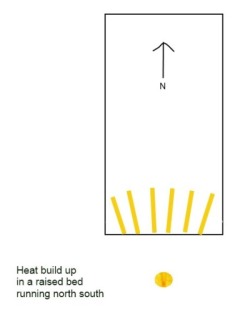
|
However, if your retaining walls are dark colored or metal, the soil will get too hot, which even sun worshippers don’t like as it causes root damage. The other aspect of this is that in really warm climates, it’s hard to keep the soil damp enough. Orienting the raised beds with the narrow ends facing south will mean only a small amount of soil in the narrow end of the raised bed will get warm (left). This is perfect for growing vegetables with less sun requirements. These include onions, garlic and even greens. |
Lettuce appreciates shade, more than most other greens, so use a trellis to grow beans or other sun lovers at the sunny end, and plant shade loving plants in their lee.
Sign up for
Out in the O-Garden Newsletter
and get your five part composting E-course - FREE!
Join my
email
group and get tips, information and more monthly-ish.
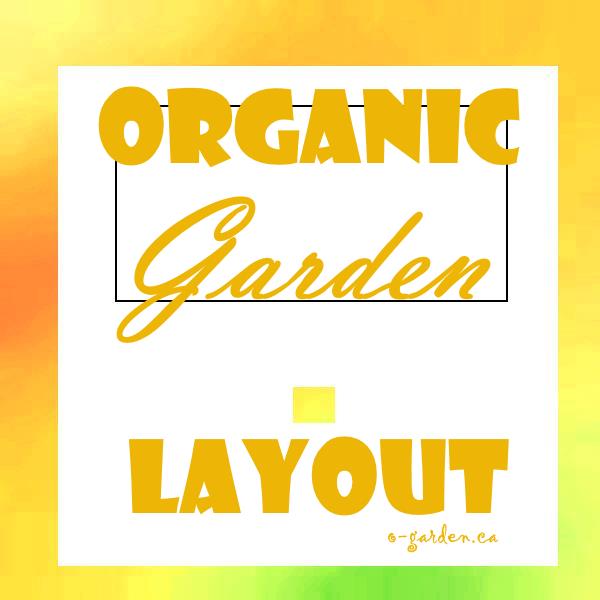

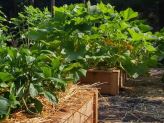
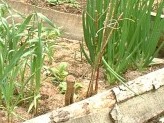
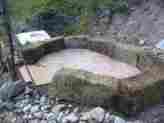
New! Comments
Have your say about what you just read! Leave me a comment in the box below.